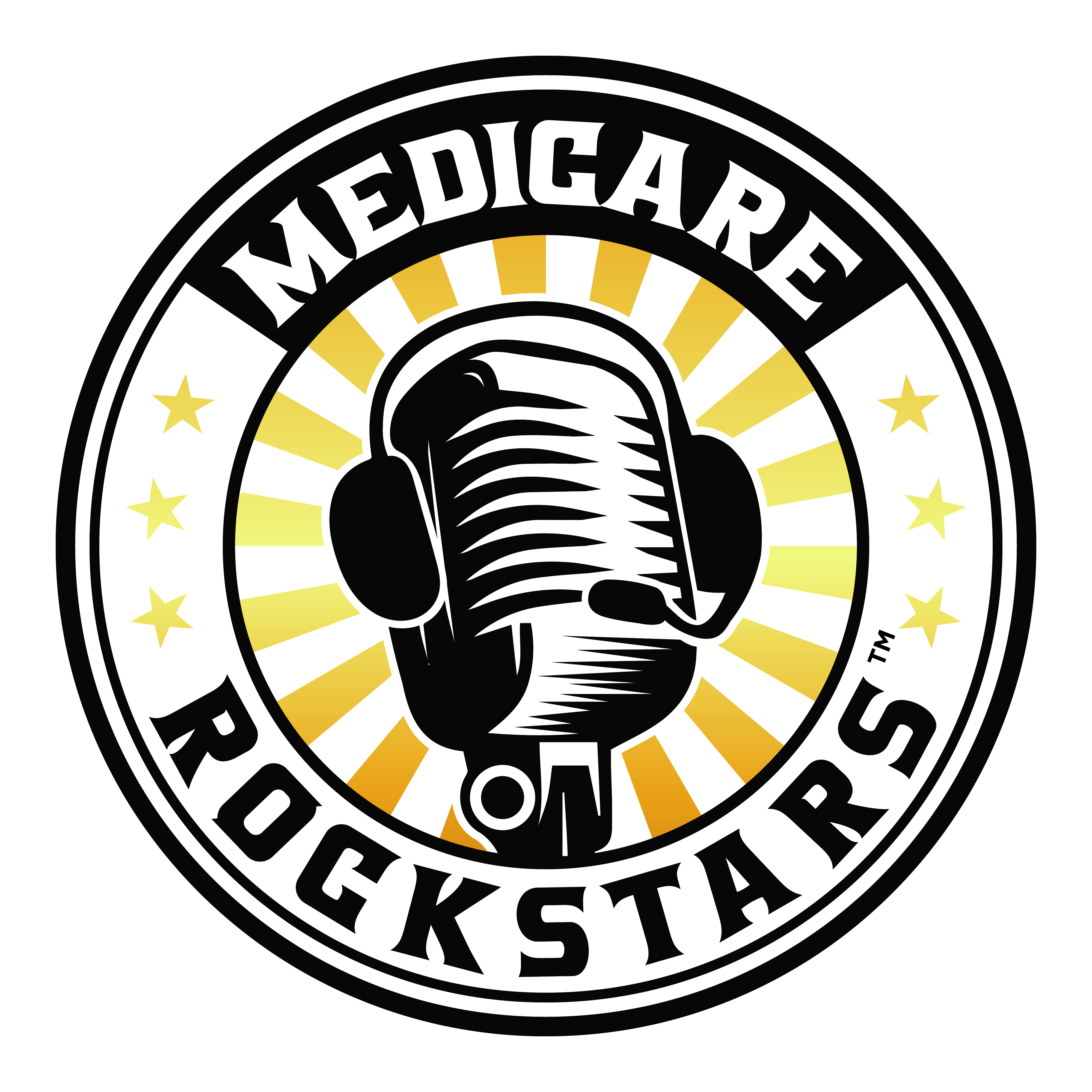Of the 10 available Medicare Supplement plans, there has to be one that is right for you. Newcomers to Medicare can choose between A, B, D, G, K, L, M, and N. Plans C and F cover the Part B deductible, and they are no longer offered to new Medicare beneficiaries as of 2020.
These plans are formulated to cover your expenses from Medicare Part A and Part B. Original Medicare has no out-of-pocket limit, which is what makes these plans so beneficial. They can save you thousands of dollars when you use your health insurance.
Medicare Supplement plans can cover:
- Part A coinsurance and hospital costs
- Part B copays and coinsurance
- Your first three pints of blood
- Part A hospice care
- Skilled nursing facility care
- Part A deductible
- Part B deductible (Plans C and F)
- Part B excess charges
- 80% foreign travel emergency care
Read on to learn more about the coverage offered by each plan and how these plans might be beneficial to you based on your budget and healthcare needs.
Basic Coverage Plans
Plan A covers the first four expenses: Part A coinsurance and hospital costs, Part B copays/coinsurance, your first three pints of blood, and Part A hospice care.
Plan B covers the first four expenses and the Part A deductible. If you have premium-free Medicare Part A and want this level of coverage, you should choose Plan A.
These two plans offer a good baseline level of coverage that can protect your finances from taking a hit when you have a hospital visit. The lower coverage also comes with lower premiums than you will find with the other Medicare Supplement plans, making these palatable to those with fixed incomes.
Comprehensive Coverage Plans
Plan F covers every listed expense. Plan G covers every listed expense except for the Part B deductible. These plans have the most comprehensive coverage available of all Medicare Supplement plans. That also means they come with the highest monthly premiums. If you have the budget to cover monthly premiums and anticipate many healthcare expenses, these plans will be a great option for you.
High Deductible Plans
In some states, Plan F and Plan G are available as high deductible plans. That means that once you pay the high deductible ($2,370), you have full coverage for your covered expenses. With a high deductible comes low monthly premiums. These high deductible plans give people with a lower monthly budget the opportunity to purchase full coverage in the event of an emergency. This plan is good for people with low healthcare costs who can afford to pay the deductible if needed.
Middle Coverage Plans
Plans C and D have similar coverage. Plan C covers each listed expense except for the Part B excess charges. Excess charges are the amount that providers charge (up to 15%) above the Medicare-approved amount for covered services. Plan D covers each listed expense except for the Part B deductible and Part B excess charges.
Plan N is similar to Plan D in coverage. It pays for 100% of the costs of Medicare Part B services, except for copays for some office visits and emergency room visits.
These mid-level coverage plans tend to be more affordable than the comprehensive coverage plans, with a good payoff. They pay for most of your expenses for a reasonable price. Choosing these plans will be best for you if you are more conservative in your spending and how low to moderate healthcare costs.
Low Premium Middle Coverage Plans
Plans K and L are very different from the other Medicare Supplement plans. They cover Part A coinsurance and hospital costs in full, but cover only a percentage of the following expenses: Part B copays and coinsurance, your first three pints of blood, Part A hospice care, skilled nursing facility care, and the Part A deductible. Plan K covers 50% for those expenses; Plan L covers 75%.
Both of these plans also have an out-of-pocket limit. The 2021 out-of-pocket limit for Plan K is $5,880 and the limit for Plan L is $2,940.
Plan M covers the full costs for Part A coinsurance and hospital costs, Part B copays and coinsurance, your first three pints of blood, Part A hospice care, and skilled nursing facility care. It also covers 50% of the Part A deductible.
These middle coverage plans offer a fair amount of coverage and are ideal for money-conscious people with low or moderate healthcare needs.
Choosing a Medicare Supplement Plan
The way to choose a Medicare Supplement plan is not by price alone. You need to consider your healthcare spending and the costs associated with Medicare.
Do you have to pay for Medicare Part A? Then you should consider a plan that covers the Part A deductible, preferably in full. That would be plans B, C, D, F, G, and N.
Do you travel outside of the country and want to have healthcare coverage in the case of an emergency? Choose from one of the six plans that cover 80% of foreign travel emergency care: C, D, F, G, M, or N.
Do you have a great deal of medical expenses? Look into a more comprehensive plan. Based on your budget, you can narrow down your plan choices. If you frequently visit the hospital as an inpatient, you know that Medicare Part A can charge you the deductible once for every benefit period (the time between being admitted and not receiving inpatient care for 60 days). Choose a plan that covers the Part A deductible if you anticipate more than one inpatient visit each year, or choose a plan with an out-of-pocket limit. If you have a lot of outpatient, Medicare Part B expenses, it might be a good idea to choose a plan that covers Part B excess charges or at least 100% coverage for Part B copays and coinsurance.
Let a Medicare expert help you decide. With so many options to choose from and the unknown medical expenses in your future, it can be difficult to choose a Medicare Supplement plan on your own. Contact Healthcare Solutions Direct for guidance.



